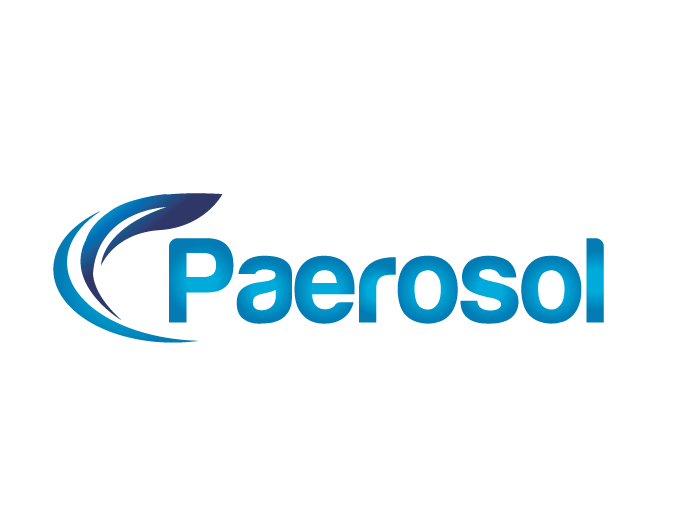Pathogen control is one of the most pressing challenges in the food and beverage industry today. Bacteria like Salmonella and Listeria, along with viruses and fungi, are microscopic invaders that negatively affect food safety and quality. Pathogen outbreaks can lead to public health crises and product recalls that average around $10 million in direct costs, according to Food Safety Magazine. Improving disinfection in food and beverage plants can lead to cost savings, a greater reputation among customers, and higher quality products.
Addressing Common Food and Beverage Industry Challenges
Proper cleaning and sanitation are essential when it comes to ensuring the quality and safety of food products. Below are ways food and beverage manufacturers can address common challenges, according to Deskera:
- Meeting regulations and guidelines pertaining to food safety and sanitation by implementing proper sanitation procedures and documentation. This can be done by developing a plan that includes procedures for sanitation, cleaning, managing wastewater, and controlling pests.
- Keeping up with best practices to ensure maintenance of the highest cleaning and sanitation standards. Every employee involved in food manufacturing should receive training on proper sanitation procedures and proper handling of cleaning chemicals.
- Managing water usage by implementing procedures for using clean water, effectively managing wastewater, and preventing contamination. Regular inspections should also be conducted to identify problem areas or room for improvement.
- Controlling pests such as insects, birds, and rodents that carry harmful bacteria into facilities by implementing pest control measures to prevent infestations. An integrated pest management plan helps to monitor and prevent pest infestations using proactive methods.
- Managing cleaning chemicals by implementing procedures to ensure safe handling, storage, and disposal of cleaning chemicals. It is best to select equipment that is easy to clean and sanitize with minimal hard-to-reach areas.
Ensuring a Clean and Sanitized Facility
A common mistake in this industry is assuming that just because a surface is visibility clean, that it is also sanitary. Bacteria are resistant to common cleaning products such as soaps and detergents, where sanitizing is the only way to reduce the bacteria and microorganism levels to be safe for human health.
The first step to cleaning and sanitizing a facility is to remove all debris from food contact surfaces such as dirt, solids, large particles, lubricants, and other residues. This can be accomplished using scrapers, mops, brushes, dry or low moisture steaming, and vacuuming.
The next step is to rinse all residues using warm potable water. Make sure not to use a high-pressure hose as this could aerosolize soil and chemicals into areas that have already been cleaned and sanitized. This step is to be skipped if the area or equipment needs to stay dry.
Only after these steps can chemical cleaners be introduced to remove fat and protein. It is important to make sure that detergents are mixed and applied correctly by referring to dilution rates and contact times provided by the cleaning manufacturer. For equipment used in a dry area, it should be disassembled so that all parts can be cleaned and sanitized properly.
Next, give everything a final rinse to remove the detergent and any residue left over. Then inspect and spot clean any areas where there is still visible residue or detergent. Make sure to pay attention to the hard-to-reach places to ensure they are completely clean.
To safely reduce bacterial load, apply an effective sanitizing or disinfecting chemical that is considered suitable to use for food and beverage environments. Dry cleaning should be followed with dry sanitizing or disinfecting for dry processing facilities.
Lastly, when using a sanitizer or disinfectant that is rinsed off, the product needs to be completely removed with a potable water rise and then air dried to avoid re-contamination. For areas that cannot facilitate air-drying, NSF recommends a leave-on sanitizer or disinfectant.
The Importance of Sanitation in the Food and Beverage Industry
There are more than 250 foodborne pathogens that can spread through food handling and consumption. Food borne pathogens include viruses, bacteria, mold, and parasites. These are more common than foodborne illnesses and can rapidly grow and reproduce within a food product. According to QUPAQ, Salmonella and Listeria were responsible for almost two-fifths of all product food recalls in 2022. Keeping food and beverage manufacturing facilities clean and disinfected helps to prevent the spread of food-borne illnesses and contaminants, in turn preventing recalls and lawsuits- along with keeping facility workers safe.
Proper cleaning and sanitation also affect product quality, which directly affects customer satisfaction and company reputation. Quality control procedures set for the food and beverage industry ensure proper methods of sanitizing and cleaning equipment to produce consistent and high-quality products every time.
While choosing an effective disinfectant that is formulated to kill a wide range of pathogens is important, so is maintaining a strict cleaning schedule, practicing proper hand hygiene, and communicating to your customers and staff about your disinfecting and cleaning measures.
Efficient & Effective Disinfecting with Paerosol
Paerosol is a patented disinfecting platform that is formulated to kill air- and surface- borne mold, bacteria, and viruses, at up to a 99.9999% rate of effectiveness. The platform consists of a fluid protection system and Dry Sprayer consisting primarily of Hypochlorous Acid. Hypochlorous Acid kills bacteria, viruses, and mold on contact while posing no harmful side effects to humans and no resistance being able to form due to killing.
Paerosol has extensive experience in preventing food borne illnesses at the source of food and beverage production. Our team of experts have worked with Tyson Foods, Smithfield Farms, Auburn University, Mississippi State, along with the USDA in effectively treating pathogens in food and beverage facilities.
Contact a member of our team to learn more about Paerosol and the work we have done at http://box2111.temp.domains/~nabashtw/paerosol.com/contact/.
